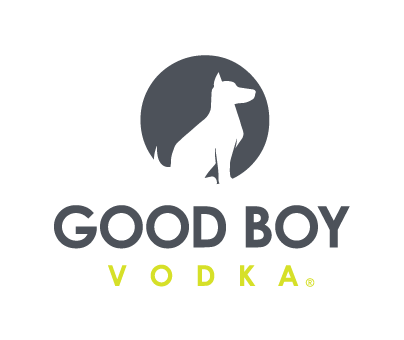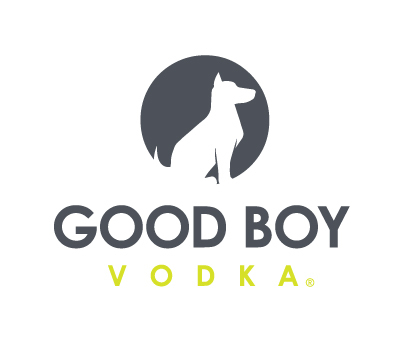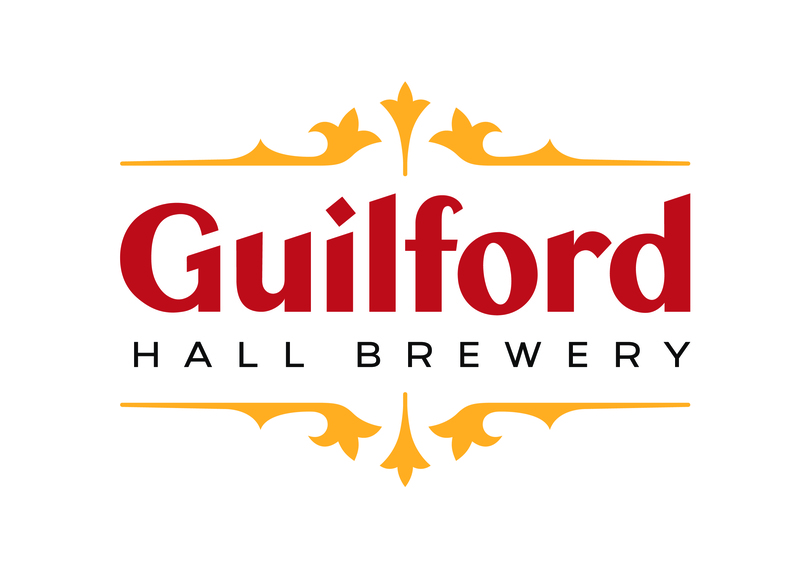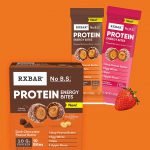3 Natural Food Marketing Trends That Can Go Away Right Now

Troubling patterns have emerged in the always-evolving and hyper-frenetic world of food marketing, where the quest for the next big trend often eclipses the pursuit of genuine value. This is no new kind of story, of course: Food marketing has always had its dark side. But as natural food trends veer into the mainstream at a seemingly faster clip than ever, fueled by new science and technology, it’s critical that we stop and take a deep breath (and a close look at the nutrition label) before we make any rash decisions.
As CPG manufacturers and food marketers navigate this largely unregulated terrain, it’s more important than ever that we question the appeal of these trends as well as their impact on brands’ bottom lines, consumer perceptions and—most importantly—everyone’s choices about what they put into our bodies.
While it’s true that we live in a world where unverified health claims and hyperbole can move product in the short term, we also exist in a marketplace where a large segment of consumers pride themselves on not buying into the hype, on being independent thinkers who do their research. Food marketing that capitalizes on truth-adjacent, or outright false strategies and narratives always carries the risk of finding their brand at the center of a viral “gotcha” moment.
As the CEO of a wellness PR and natural products marketing firm, and as a former newspaper journalist who leans into my previous profession to inform and elevate the caliber of my agency’s work, I see it as my duty to call a spade a spade. Here are three of the current food marketing trends I find most the most played out:
The Misguided Infusion of Functional Foods
First, let’s address the “functional foods” fiasco. These products, often enriched with a hodgepodge of vitamins, minerals and other sometimes-beneficial additives, promise to boost everything from brain power to the immune system. While the intention might seem noble, the execution is often anything but.
The reality is that the benefits of these additions are often marginal at best. For instance, the surge in products boasting added functional mushrooms, protein or omega-3s taps into the consumer’s desire for healthier options, but the necessity and effectiveness of these enhancements remain questionable.
Sure, there’s a market for fortified foods, especially for individuals with specific dietary needs. But the widespread and sometimes careless use of these additives has turned grocery aisles into a minefield of dubious claims and unnecessary complexities. Food manufacturers are confusing, and alienating, their end consumers—and as these same consumers become more savvy with each passing headline or even recall, reputation management should be at the top of every food brand’s marketing strategy.
An Alternative Approach: Instead of functionalizing food and beverage products to catch the trend, consult your partner nutritionists and food scientists and ask some pointed questions before going to market. What functional ingredients could be added to this product to truly enhance it, especially considering its existing ingredients? And how much of that functional ingredient would be needed to make a legitimate impact in an adult body? It will lengthen your development process, but it will also elevate consumer trust significantly.
The Fitness Influencer Conundrum
Next up: The enlistment of fitness influencers in marketing campaigns for wellness products—like food. Sure, fitness influencers with their sculpted physiques and high-energy routines are undoubtedly inspiring. Yet their expertise often stops at exercise, making their forays into nutritional advice a risky business. While their endorsements may boost sales, they often muddy the waters of nutritional guidance.
Finding the right influencer for the right product is a challenge many brands face, as there’s no shortage of advice out there from companies looking for a quick buck (or SEO play). But it’s especially difficult for wellness brands that want to maintain their legitimacy and integrity.
Picking the wrong influencer too often feeds into the problematic conflation of fitness with overall health, sidelining the complexities of nutrition and the importance of a balanced diet. And let’s face it: many of the top influencers in this space aren’t basing their partnership decisions on the quality or legitimacy of the products they’re promoting. The last thing any conscientious food brand needs is to find itself inadvertently being promoted alongside the far-out-there claims of brands that deal in completely fabricated, conspiratorial or non-compliant narratives.
An Alternative Approach: Instead of aligning your brand with the biggest semi-relevant Instagram follower count possible, choose more aligned content creators whose expertise more closely tracks with your brand and products. They may have smaller audiences, sure, but the credentialed content creators with the relevant bona fides are better partners for brands seeking credibility; And better to hire a more targeted influencer with 10,000 engaged followers than a more general fitfluencer with 1,000,000 followers, many of whom are there more for the spandex pics than the health advice.
The Exaggeration of Health Claims
This leads us to the third trend: the exaggeration of health benefits—a food marketing ploy as old as time but as damaging as ever. In a bid to stand out, brands often attribute near-miraculous properties to their products, preying on consumer fears and desires.
It’s a problem that respects no borders.
The issue here isn’t just the potential disappointment or the wasted expenditure of a few bucks, but the erosion of trust that ensues. When every product claims to be a panacea, skepticism becomes the default consumer stance, making it harder for genuinely beneficial products to gain traction.
I’ve heard the clapback before from food CEOs lamenting the competitive environment before: “Everybody else is doing it.” But doing what others are not doing is where brands truly differentiate themselves from the pack, finding a level of distinction few brands ever achieve. After all, new paradigms are where brand magic exists.
An Alternative Approach: Focus on creative ways of framing the knowns of your product instead of the unknowns by doubling down on powerful, values-aligned brand positioning that resonates with your target audience, rather than appealing to health-related motivators that your product doesn’t actually support.
On Recalibrating Our Food Marketing
Innovation in food marketing is not only inevitable, it’s necessary. But it’s time for a recalibration. The focus should shift from capitalizing on buzzwords and influencers to providing clear, accurate information and real value. Consumers deserve transparency, not trends that obscure more than they illuminate.
As we look forward, let’s champion food marketing practices that prioritize the consumer’s well-being and informed choice, ensuring that the next big thing in food marketing is honesty.
Ricardo Baca is a former journalist (The Denver Post, The Daily Beast), a current member of Colo. Gov. Jared Polis’ appointed Natural Medicine Advisory Board and the Founder and CEO of Clio-winning marketing and PR firm Grasslands: A Journalism-Minded Agency, which recently expanded with the addition of a natural products marketing / wellness PR practice.
















